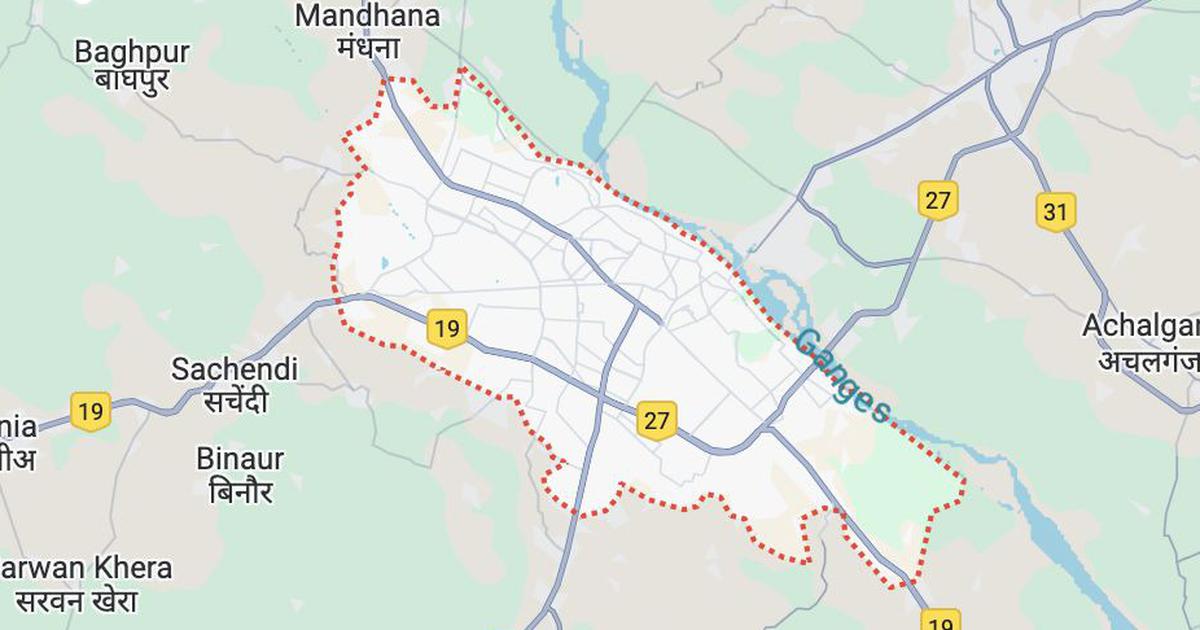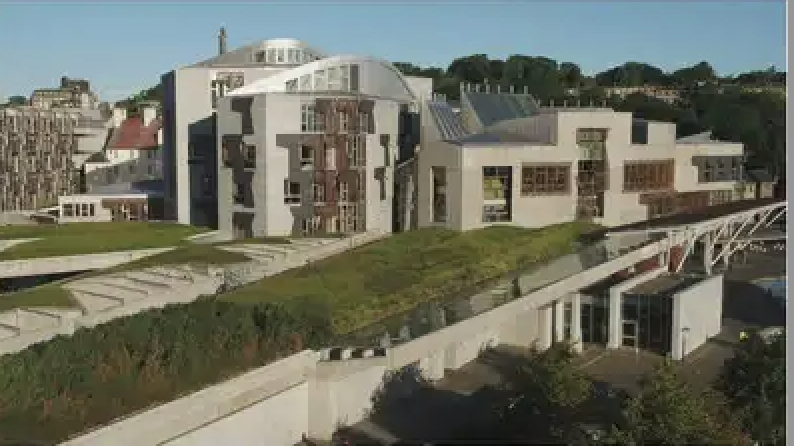
By Nikhil Cariappa / News Click
In the run-up to the state legislature elections, a fresh round of communal violence seems to be brewing in the Shivamogga district of Karnataka. On Sunday, Doddapete Police station registered an FIR (0417/2022) against 10-15 unknown persons for assaulting and intimidating three Muslim men in Shivamogga town. One of them was a vegetable vendor. They were allegedly warned not to do business in the area. The next day, a Hindu man was allegedly assaulted and threatened by three Muslim men, according to an FIR (0418/2022), in the same Police Station.
In February, the district had come to a boil after the murder of a Bajrang Dal worker, Harsha. Later, the vandalism of a Savarkar photo also led to clashes between members of the two communities.
NewsClick interviewed veteran writer Shivasundar regarding the region’s history and trajectory of communal violence. Here is an excerpt from the interview.
How far back does the communal feeling go in Karnataka?
The emergence of Kannada nationalism always had a Tilak-ite (Bal Gangadhar Tilak) current. Unlike Tamil nationalism, a social justice movement, Kannada nationalism strongly influenced Hindu civilisation and Hindutva. But it was not overtly articulated as a movement against Muslim presence in the region.
The collapse of the Vijayanagar empire, which was considered the pride of Kannadigas, was brought about by the Bahmani forces. Other symbols, like Nada Devi (goddess of Karnataka) Bhuvaneshwari, are Hindu Brahmanical. Even the yellow and red flags represented arshina (turmeric) and kumkuma. But the anti-Muslim sentiment comes much later. In Bangalore, for example, there was a communal clash in 1928. The clashes were episodic and not frequent.
How did politics shape the region?
The dominant communities at that time were those who owned land. Based on the Miller Commission report, the reservation in the princely state of Mysore was given to Vokkaligas (Gowdas) and Lingayats in the 1920s. Backward castes were given reservations in the Tamil and Marathi regions also. As the shudra communities received an education, several literary figures emerged, like Kuvempu (Vokkaliga). At that time, literature was dominated by brahmins. In the 60s and 70s, a new generation emerged – both in politics and literature. Eminent writers P Lankesh and Chandrashekhar Patil were lingayats. They were strictly against communalism and were inspired by Lohia-ite politics.
Other organisations like Dalita Sangharsha Samiti (DSS) and Rajya Raitha Sangha were born during this time. While the former was fighting for landless workers, the latter was lobbying on behalf of landed communities – Vokkaligas in South Karnataka and Lingayats in North Karnataka. While these associations were based on caste, they were opposed to communal mobilisation. So there was none of that for almost three decades, from the 60s-80s. This was a golden period. There was an anti-congress sentiment when the party, under Devaraj Urs, introduced land reforms and ceilings.
Until then, the Congress was the bastion of feudal powers. The creation of the Janata Party served as an intermediary for feudal and communal forces who were against Congress but did not have a platform. In 1983, the Janata Party came to power in the state, and Ramakrishna Hegde became (the first non-Congress) Chief Minister of Karnataka. Even then, the lingayats did not have a prominent leader to represent them. The Vokkaligas had HD Deve Gowda.
This story was originally published in newsclick.in. Read the full story here






